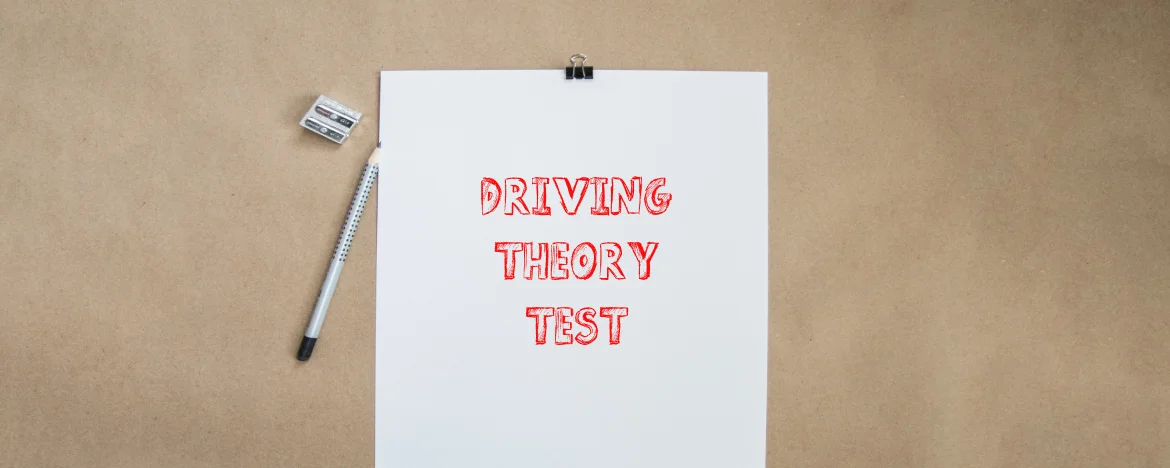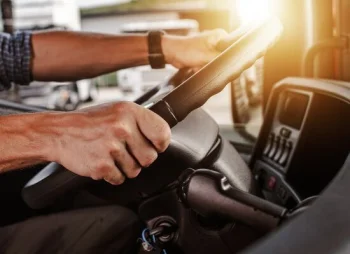Can you get 10/10 on our driving theory test quiz?
We all like to think that we know our stuff when it comes to driving, but after all these years on the road, are we still as smart as we think we are?
While this isn't an official DVLA test, we've devised a small quiz to see just how much you can remember about your driving theory test. Some of these questions rank among the most common incorrectly answered questions in theory tests across the United Kingdom, so think carefully before you choose your answer.
The pass mark for a full theory test is 86 per cent, with learners required to correctly answer at least 43 of the 50 available questions. Throughout your traditional theory test, you will be tested on everything from stopping distances, road signs and alertness, so we have replicated that with our smaller theory test quiz.





